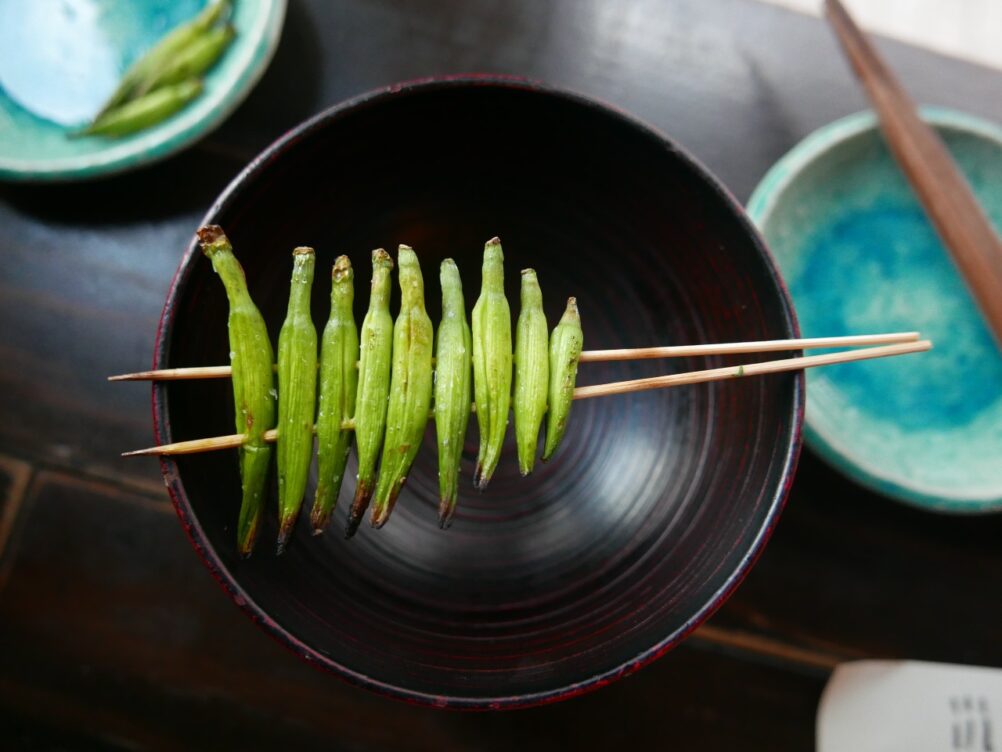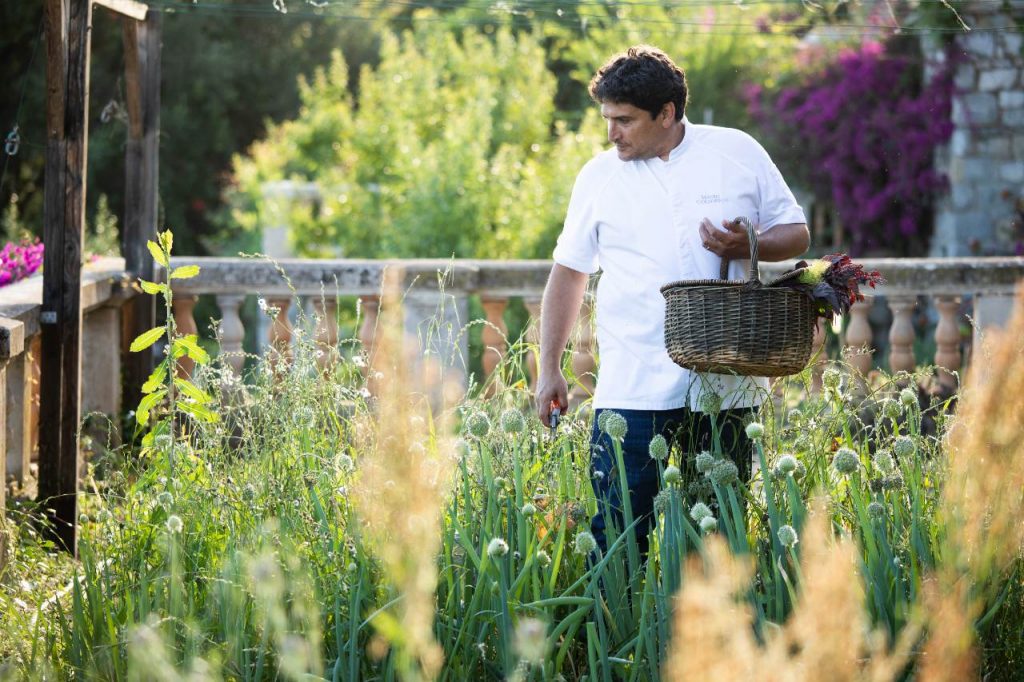Tokyo’s tastiest food tour is an
eye-opener
From noodle-making classes to breakfast at Tsukiji Fish Market, Tokyo is packed with tasty treats.
Words by Ute Junker
Photo by Jodie Lightfoot on Unsplash
Originally published in Traveller
In Japan, you can tell where you are by the colour of your miso soup. If it’s sweet and white, you’re somewhere in the country’s western half; if it’s dark and salty, you’re in the east. The miso divide is a serious matter. If a man from the west marries a woman from the east, the first thing they have to decide – even before they talk children, or where to live – is which type of miso the household is going to eat.
We take the miso test on our first morning in Tokyo. We have decided to do as the locals do, and grab a cheap and cheerful breakfast at a fast food eatery, a gyudon ya, named after the big bowls of beef and rice that are a popular option.
We line up at the ticket machine to order a typical breakfast set. It’s served on a neat little tray, divided into portions which each need to be unwrapped separately. It feels a bit like Christmas.
The first thing we check out is the miso soup. Yep, dark and salty. We’re definitely in Tokyo, Toto.
Our tray also includes a serve of steamed rice and fresh green sheets of nori: wrap the seaweed around a section of rice; eat; repeat. There’s even a fried egg, a touch of home which brings smiles to some faces – until they realise they’re going to have to eat it with chopsticks.
Then there’s the natto. Natto is the Vegemite of Japan and, like Vegemite, it’s an acquired taste. The fermented soybeans are not particularly attractive – they’re a bit of a stringy mess – and the aroma could politely be described as rich.
I fold a morsel into my mouth. It has a dark, malty taste that reminds me of Ovaltine. I’d still prefer a croissant with raspberry jam, but if it’s a choice between Vegemite and natto, I’ll take the natto any day of the week.
There’s no better way to get beneath the skin of a culture than through its food, and each meal we eat in Tokyo brings a new revelation. And we get through a lot of meals. In just a couple of days, we order up plates of skewers at a yakatori restaurant in a narrow alley, hunker down over steaming bowls of shabu shabu, fry omelettes on hot grills and taste test our way through several different styles of sake. In between, we sample all kinds of street food, from citrus jellies to steamed rice flour balls sticky with sweet soy sauce, to the rich French pastries beloved by the Japanese.
Our guide, Yuka, quickly proves to be an invaluable dining companion, not just because she can actually read the menu, but for the way she infallibly guides us to one delicious restaurant after another.
There are a lot to choose from. I suspect the Tokyo city authorities, concerned lest any citizen should fall victim to hunger pains, have passed an ordinance to ensure that no Tokyoite has to walk more than three steps to the next food stuff. I’ve never seen so many restaurants crammed together in endless rows – all tiny, and all reasonably priced. Even the arches of the railway bridges have small eateries crammed into the spaces beneath. Some have fish drying on racks outside; in front of others, dumpling steamers billow with fragrant steam.
If you don’t have time to sit down for a meal, you can pop into a 7-11 and pick up a beautifully presented bento box, or grab something from one of the vending machines that litter Tokyo’s streetscape. Most of these are fairly straightforward devices, but there’s a particular beverage vending machine at Asakusa station that makes helpful suggestions for which drink you should be ordering. Every time I stand in front of it, it suggests I’m in need of some green tea. Given I don’t drink green tea, it’s probably right.
I am tempted to hang around and see how many people obediently follow the machine’s instructions, but we have places to go and food to eat. On this particular day, our destination is the Isetan department store. Japan’s department stores are renowned for their spectacular basement food halls, and Isetan’s is perhaps the most glorious of all. We spend an hour wandering from one counter to another, checking out foodstuffs from around the world. There are Chinese dumplings and Thai curries and custard-filled tarts, as well as more traditional treats such as gyoza, red bean cakes and sushi.
Continue reading this story
WANT MORE ON JAPAN?
Listen to the Walk the World: Tokyo podcast.



